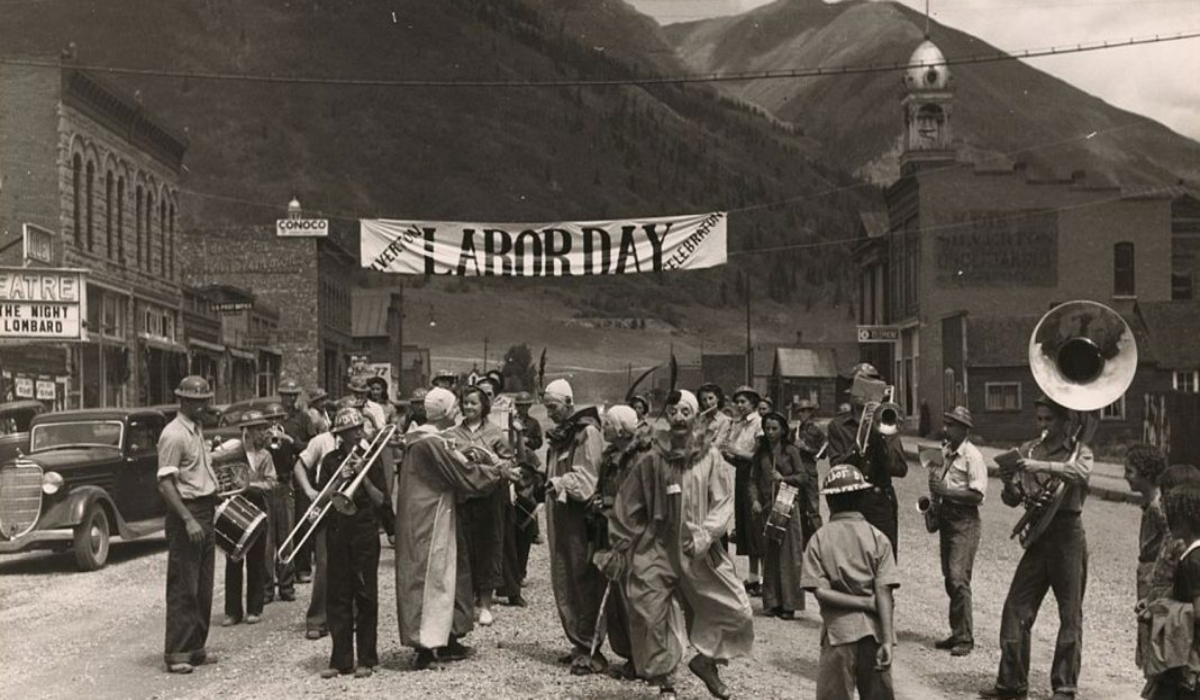
For a lot of people, labor day means a day off or holiday. But why is it called Labor Day?
Labor Day is a day designated to pay tribute to the working men and women. It was created by the labor movement in the late 19th century and it has been celebrated as a national holiday in the United States and Canada since 1894.

Labor Day originated during one of American labor history’s most dismal chapters. In the late 1800s, at the height of the Industrial Revolution in the U.S., the average American worked 12-hour days and seven-day weeks in order to make out a basic living. Labor unions began organizing strikes and rallies to protest poor conditions and compel employers to negotiate hours and pay.
On September 5, 1882, 10,000 workers took unpaid time off to march from City Hall to Union Square in New York City, holding the first Labor Day parade in U.S. history.

In the wake of this massive unrest and in an attempt to repair ties with workers, passed an act making Labor Day a legal holiday in the U.S on the first Monday of every September. While in Europe, China and other countries, Labor Day is held on May 1st in the remembrance of Haymarket Riot of 1886.
In Pakistan, Labor Day is a public holiday on May 1. Pakistan’s first labor policy was devised in 1972, in which May 1 was declared an official holiday.
Pakistan became a member of the International Labor Organization (ILO) right after its independence in 1947. The labor wings of political parties have special programs to highlight the importance of the day and rights of the laborers.
Seminars and rallies are held in different cities for the rights of laborers while television channels arrange special talk shows and programs for paying tribute to the laborers. But the question is, should that be it?

Apart from rallies and talk shows, the working labor class has not experienced any progress regarding their standards of living. They can hardly afford a proper meal thrice a day for their family. Our real objective is to protect the rights of the laborers so their families should have the benefits of their hard work.
The PTI’s Punjab government has launched a labor policy, the first since the 18th Amendment was passed.
Post-devolution, the PML-N government had introduced a number of prominent labor laws at the provincial level but without making any drastic changes. The PTI labor policy includes strategies for effective implementation in areas such as: labor standards, social dialogue, workplace safety, living wages, child and bonded labor, awareness raising, labor inspections regime, technical skills and training centers, simplification of labor laws, medical facilities even after retirement, labor colonies and schools for worker’s children, disbursement of welfare grants, and the gradual extension of the labor protection framework. It was included in the 100-day action plan of one of its main objectives ‘Ease of Doing Business Policy’ to attract investment by simplifying rules and procedures under labor laws.

The new policy presents both promises and challenges.
The policy is full of plans and promises but each of its objectives requires overcoming many hurdles. The government wishes to move towards a living fair wage, almost double the existing monthly minimum wage of Rs15,000 for unskilled workers in Punjab. Since wages are to be paid by the entrepreneurs, the government does not have any data regarding compliance with this legal requirement.
Since 1991, there is a policy to end the practice of child labor under the Punjab Restriction on Employment of Children Act, 2016. Despite the lapse of 28 years with similar commitment from the then government, we still find children working in prohibited vocations of cloth printing, dyeing and finishing sections. Children are also employed in carpet-weaving, tobacco processing, and manufacturing niswar.

Completely eliminating child labor will not be possible unless related policies such as that of population planning and education reforms are put in place.
The government has a long way to go in order to implement these policies.
cover image via ebay.com





